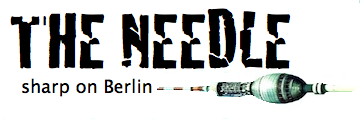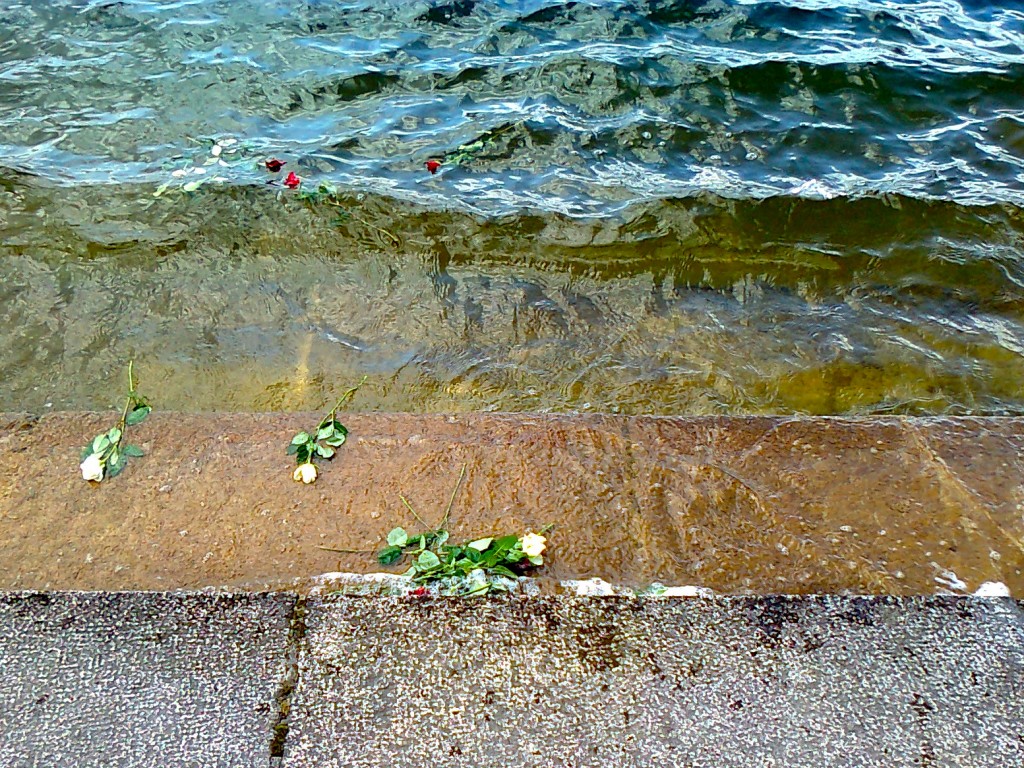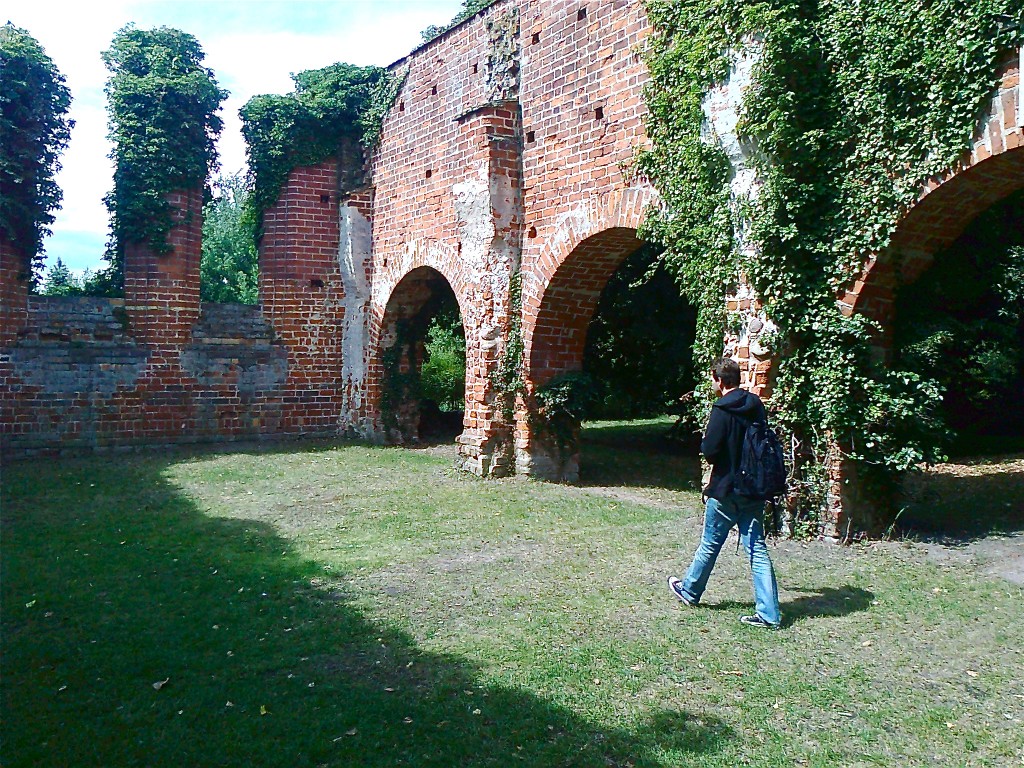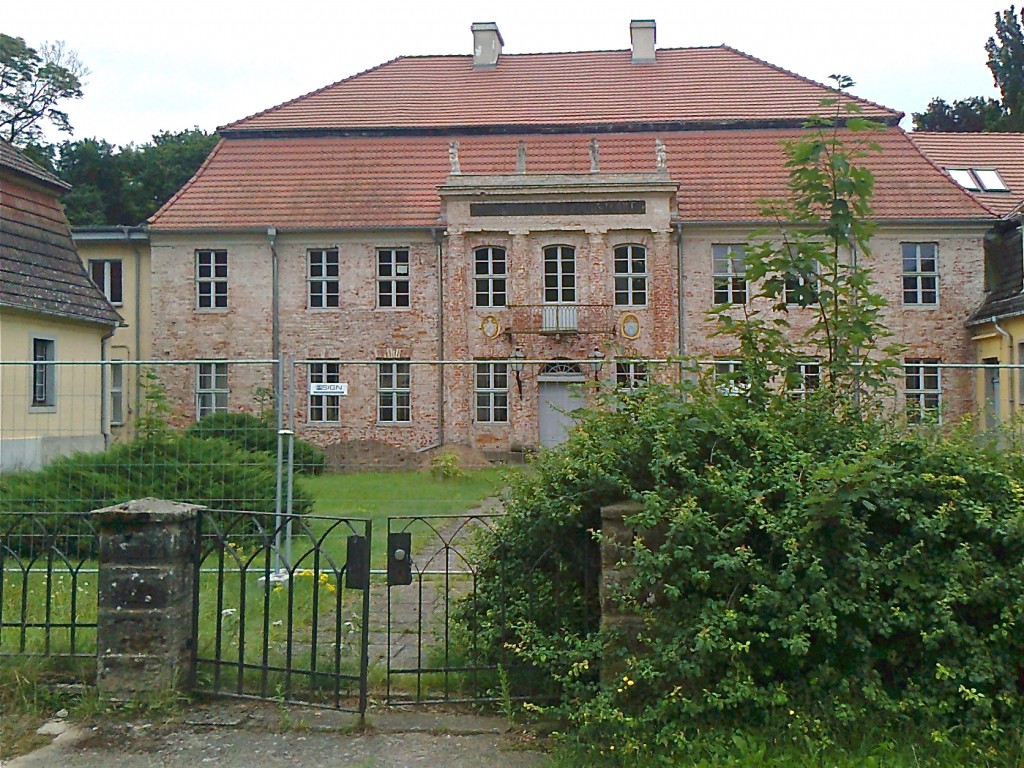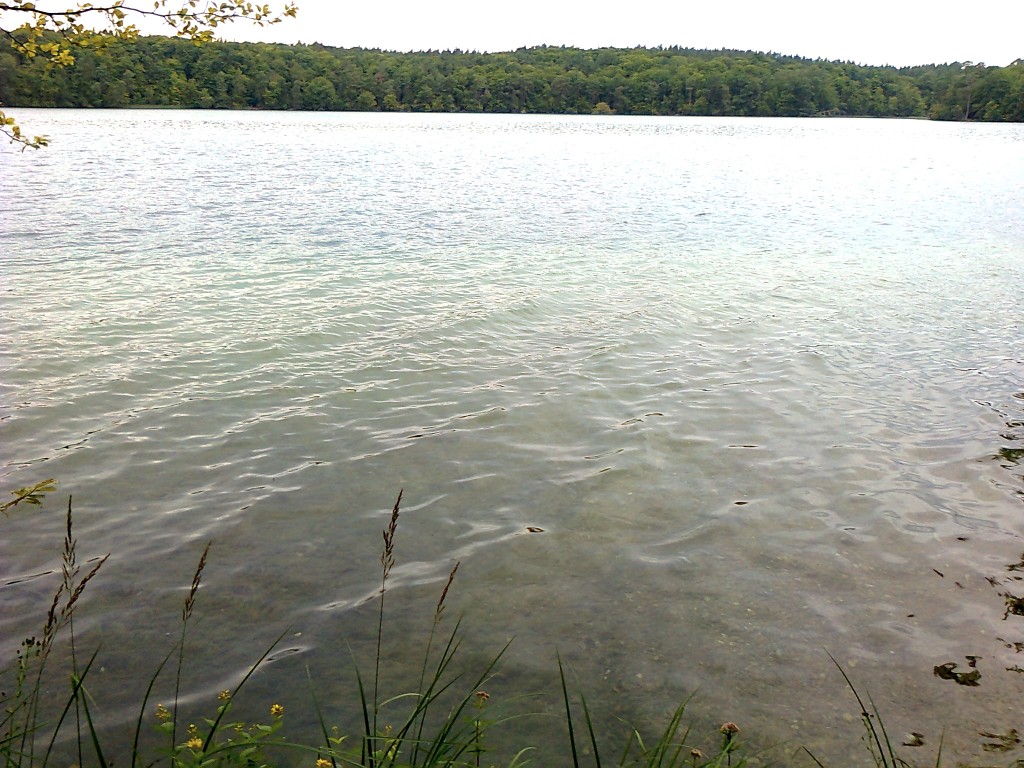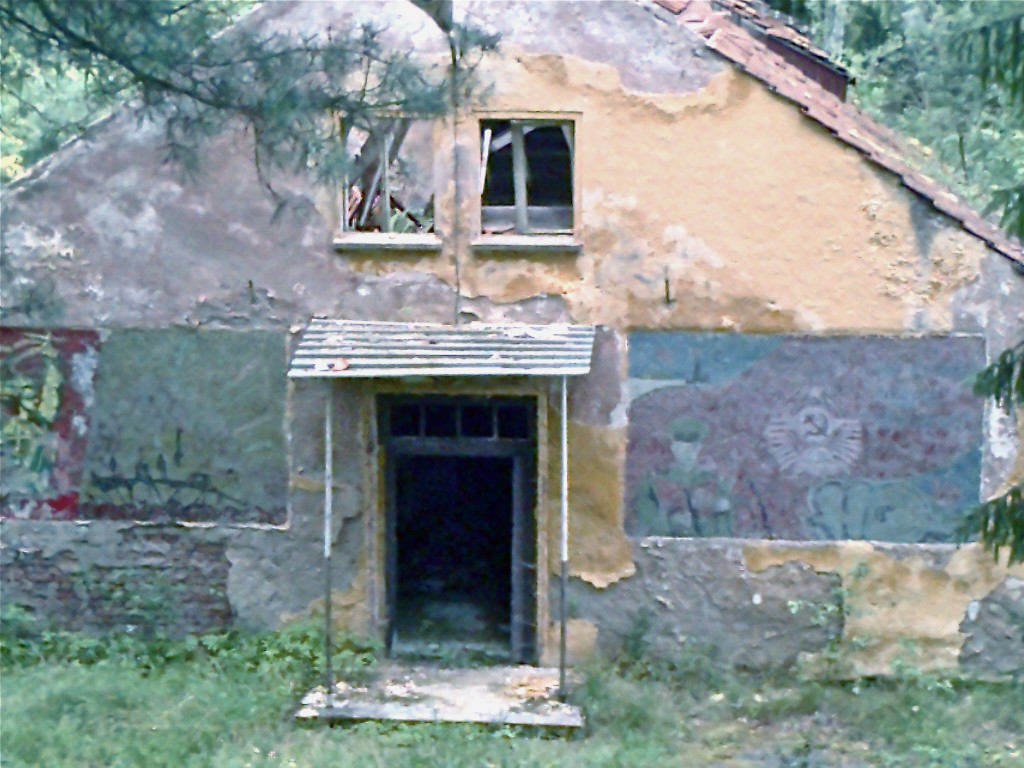Rockets, Radiation and Slave Labour: A Weekend Trip to Stechlinsee
We came to this region some 80km north of Berlin, a land of lakes and medieval towns built on isthmi, to experience nature by bicycle, but we did not count on the ghosts.
This should not put you off. This trip is not only through some stunning scenery, but gives you plenty to think about, and is easily made as a day or weekend trip from Berlin. You take the one-hour train to Fürstenberg on Havel, a tiny medieval city of some 6000 inhabitants, on the border between Brandenburg and Mecklenburg (it has belonged to both) in former East Germany. From here there is easy access to the crystalline lakes reachable by dedicated bicycle paths.
We pass around the western shore of Schwedtsee from Fürstenberg, through tranquil woods, and along a quaint seashore. This calm soon brings us to the woman’s Nazi concentration camp Ravensbrück, in operation between 1939 and 1945 and ‘processing’ 132 000 prisoners, most of whom did not survive. It started as a work camp, many women working as slaves for Siemens here, and by 1944 a gas chamber was added.
I knew vaguely that the camp was nearby, but did not expect to stumble across it on our bike ride, and am struck by the proximity of it to the city. Pretty little Fürstenberg is just across the lake. Roses float on the water and lap up to the stone steps below the memorial. More macabre is the fact that the former SS housing estate, in Alpine style for Nazi officers and their families, has since 2002 been a youth hostel. This seems to me a misjudged use of space, I certainly would have trouble sleeping here.
We continue on our bikes East through the forest arriving eventually in the isthmus town of Himmelpfort, where there are the ruins of a 13th-century cloister in brick gothic (part of the complex was destroyed by fire as recently as 2010). The town has also built a Christmas post-office, so children can send their letters to Father Christmas… there is even a little hut filled with Christmas paraphernalia, opened letters and gifts. I stand in this kitschy installation for a few moments in a state of shock—after the Ravensbrück camp and seeing the contiguous camp for children on the bike ride here. Again, the proximity of the everyday, the consumeristic, the ice-cream vendors and stamp collectors, alongside the terrors of the twentieth century in such a gentle landscape of woods, light, and water, makes me slightly nauseated. I ride hard to the next stop.
Now, landscape takes over, the stillness of woods. I have never fully reconciled myself to the indifference of nature to so much terror. The forests must look the same now as they did when so many people were suffering a short distance away. The woods transport you back to the moment, but they have no memory. Suffering leaves no traces in the wild, the voices disappear. Only we, gliding through them on our fast bikes, have troubled faces. We despise the forest’s indifference and look to that neutrality for some comfort.
We pass through fields of sunflowers, little towns that seem deserted, Bredereiche and Dannenwalde. We pass in front of an abandoned villa that looks out of a Theodor Fontane novel. Where are its former owners? Who chased them out?
Deeper woods, then Zenikov, Menz, and, finally, Neuglobsow, on the shore of lake Stechlin. Here we have lunch, drink beer, take our bikes a ways along the lake, and swim. The lake, in Fontane’s 1899 novel, Der Stechlin, is the background to social change, an old aristocrat giving way to the new, the emergence of socialism and democracy in contrast to the old order. The old man’s retreat is into the loneliness and melancholy of nature.
Stechlin, 70 metres deep, is said to have the clearest water in all of Germany, it is remarkable, we dive into it suddenly very grateful. It is certainly the most beautiful body of water I have swum in Northern Germany.
But here too there is a disturbance. At the far end of the lake the East Germans built a nuclear power plant operational between 1966 and 1990. We read this after swimming on a plaque. There seems now to be something invisible, threatening, in this otherwise pristine landscape. The whole area around the former reactor is off limits for the next half century because of Cobalt 60 and Cesium 137 contamination, the groundwater is radioactive. Cooling water from the plant was directed into Stechlinsee for two decades. Fish from the lake are regularly analysed for their cesium content. This is actually very low, and well below the legal limits of contamination. We ride along the lake, the trees dipping their roots into their lapping waters. ‘Now we know why we feel so clean’, we laugh. We pass a fish restaurant, but decide not to stop, and bike instead north through Dagow and pretty Steinförde.
On the way, my friend Sven makes an accidental discovery.
Hidden in the woods, just visible through the trees, and easily passed over, are a series of abandoned houses. They are painted with socialist-realist murals, and there’s been no effort to preserve them. Only later do I read that the Second Guards Tank Army (2. Gardepanzerarmee) of occupying Soviet troops was stationed here during the Cold War. These soldiers fought the battles of Warsaw and Poznan, and also the Battle of Berlin. Then they were positioned here… guarding what? Launch sites and medium-range ballistic missiles! Not far away is a series of what look like broken-down hangers, perhaps they housed the tanks? Or were they munitions stores? Or for polishing the rockets? We only learn later that the area is perhaps dangerous because of unexploded artillery, although there are no warning signs. We cycle through the ruins of recent history hidden in the woods.
The sun is getting low, we ride into Fürstenberg, its neat streets, closed storefronts, little brick church, completing our circle. We have a hot chocolate in a café run by a smiling family before taking our Regional Express back to Berlin. The trees rush by us from the train windows in a blur.
So much for an escapist bike ride in the countryside and pleasant swim in the lake. We’ve come back with much more.
*
Travel Advice:
You can travel to Fürstenberg/Havel by Regional Express train with an extremely affordable Berlin-Brandenburg ticket. Up to five people can travel together for 29 EUR, there and back. That’s less than 3 EUR each way per person. You need to get a VBB-Gesamtnetz Fahrrad Tageskarte (Bike Daypass) for 6 EUR each if you are bringing your own bikes. Or you can rent bikes in Fürstenberg for about 8 EUR. Call ahead. A map of the bike route we took is available here. The circle route I describe in this article takes three or four hours, or less if you are fast, and is about 50 km long. The area is well serviced for bikes, including places to stay overnight, as it is on the epic Berlin-Copenhagen bike route.
